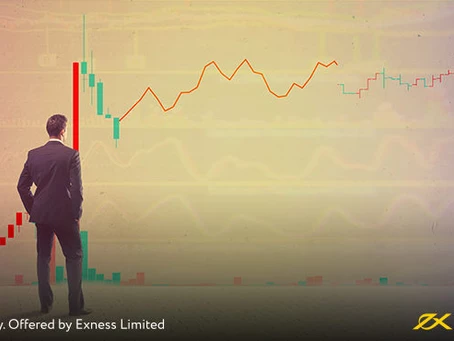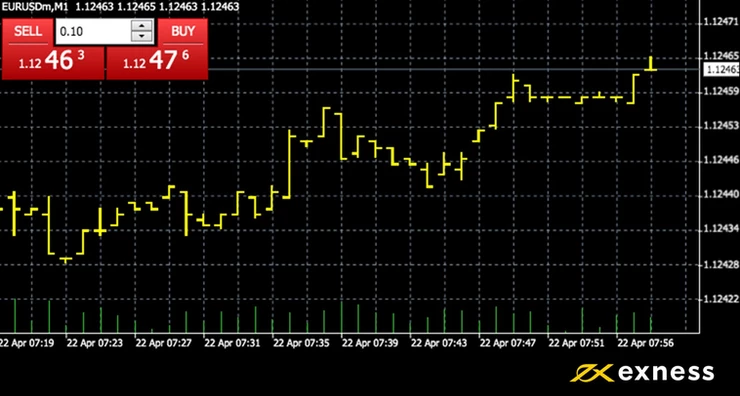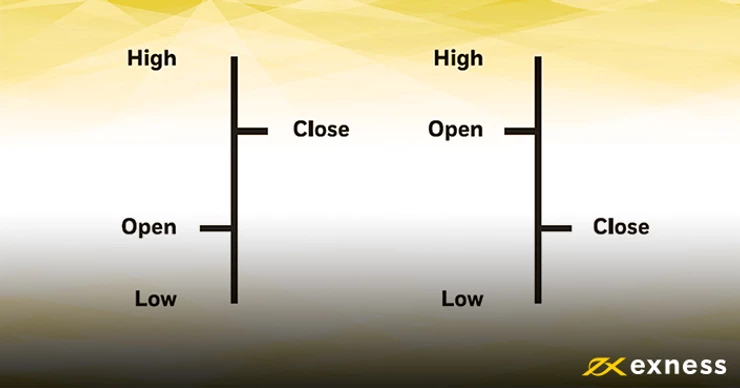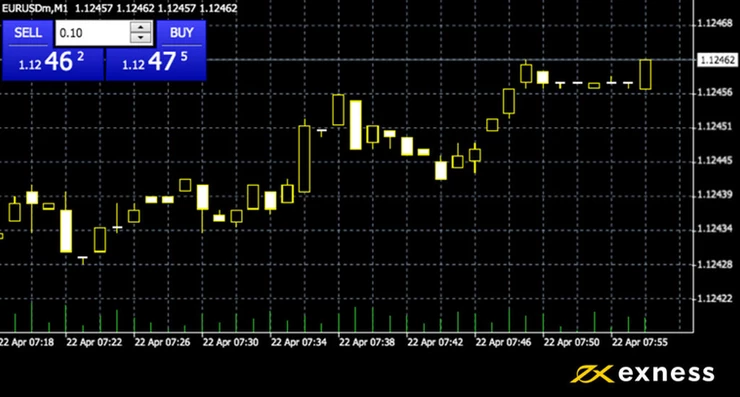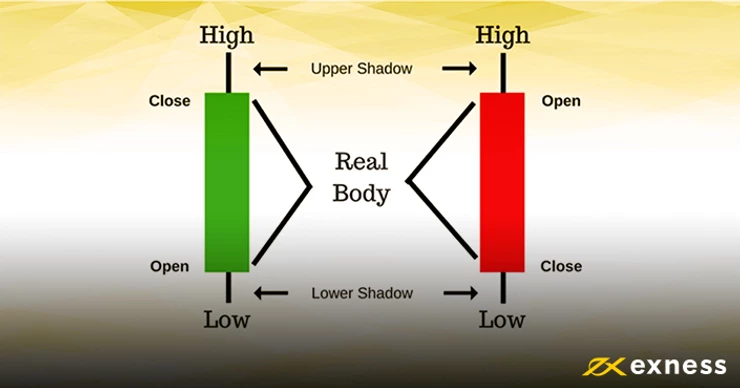
Why Letting Profits Run Can Sometimes Pay Off
Just as many forex traders are too slow to cut their losses, many are also too quick to close their trades to claim their profits when a trade does go their way. Closing a trade too early prevents you from taking full advantage when, for example, a major market shift occurs in your favor. How do you avoid missing out? First, you can use an analytical tool like average true range (ATR) to predict periods of volatility in the market before they occur. How to recognize this? One sign can be periods of unusually low volatility. These often precede big swings up or down in the price of an item. When this is the case, you can use trailing stops, an automatic stop-out order you set with your broker where the limit follows the price upwards, or you can cash out only partially as your profits mount.
Top Tip: Learning when to let profits run takes planning, time, and experience — but is well worth doing
Tags:
AUD, Brexit, Brexit, Banks, CAD, CHF, CNH. currency hedging, CZK, Donald Trump, EU EUR, forex trading, GBP, Global, Growth, Fears, Gold Prices, Government Shutdown, HKD, Is forex trading profitable, JPY Leverage, Mean Reversion, MXN, NOK, NZD, Passive income, popular strategies, Risk Management, RUB, Safe, haven currencies, second referendum, SEK SGD, Silver, Price, technical indicators, trading account, Trading Basics, trading psychology, Trailing Stop, trump wall, TRY USD, USD Price, Chart, XAG, XAU, ZAR,



